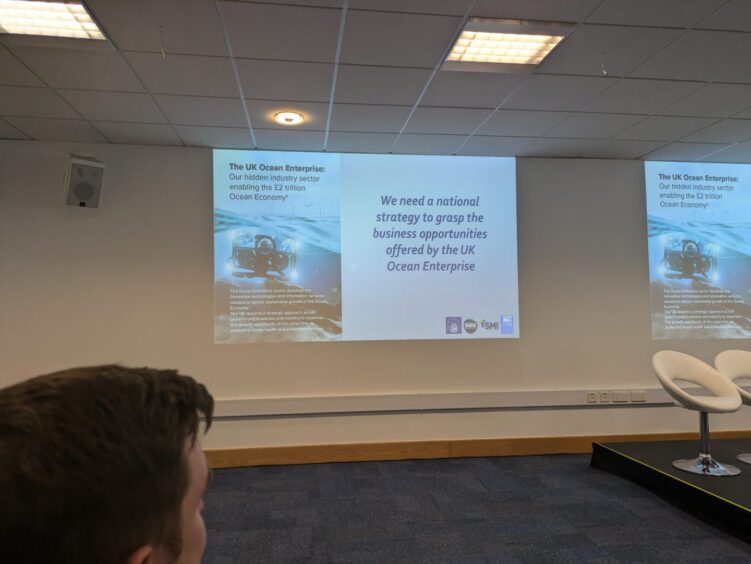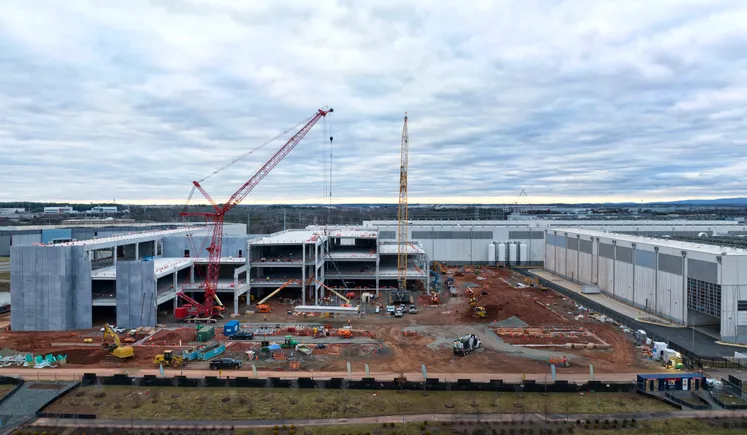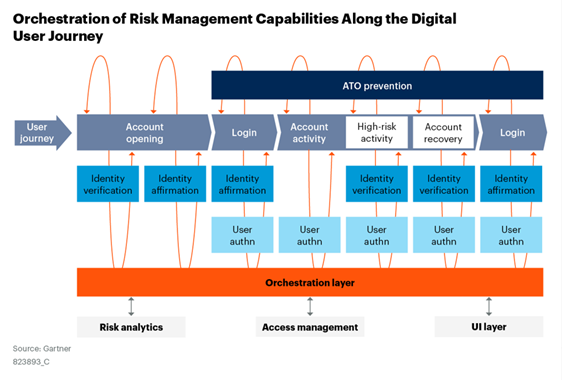
Russia reaped less money from oil taxes last month as production fell and global crude prices declined.
Oil-tax proceeds dropped by more than 15 percent from a year earlier to 956.8 billion rubles ($11.4 billion), according to Bloomberg calculations based on Finance Ministry data published Thursday.
Global crude prices have fallen amid slower demand growth in China, ample supplies from North and South America and the fallout from US President Donald Trump’s increasingly aggressive tariff policy.
Expectations for weaker global demand are “putting pressure on commodity prices,” Russia’s central bank said earlier this week. In February, the bank estimated an average 2025 Urals crude price for tax purposes of $65 a barrel and $60 in the next two years. Now it says the chance of lower prices has “increased somewhat.”
For the latest data, the Finance Ministry calculated taxes based on an average Urals price of $61.69 a barrel in February. That’s down almost 10% from a year earlier and compares with a drop of almost 16 percent in the global Brent benchmark.
The decline in tax proceeds also follows a reduction in oil output, with Russia saying it’s brought production into line with its OPEC+ quota. The country last year was among the group’s laggard members, and it still needs to make up for the months it overshot targets.
March’s total oil and gas revenue slumped 17 percent from a year earlier to 1.08 trillion rubles, the ministry’s data showed. Almost 89 percent of that came from crude and refined products.
State subsidies to Russia’s refiners have also dented the federal budget, with the government paying 100.3 billion rubles to producers of gasoline and diesel to supply the domestic market.
Proceeds from the gas industry alone fell by almost a third from a year earlier to 124.5 billion rubles in March. That was driven by lower output as Russia’s piped exports to Europe halved following the end of a transit deal with Ukraine.
What do you think? We’d love to hear from you, join the conversation on the
Rigzone Energy Network.
The Rigzone Energy Network is a new social experience created for you and all energy professionals to Speak Up about our industry, share knowledge, connect with peers and industry insiders and engage in a professional community that will empower your career in energy.
MORE FROM THIS AUTHOR
Bloomberg






















